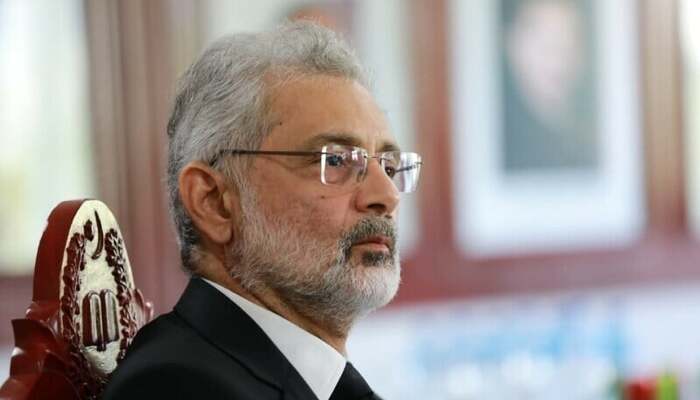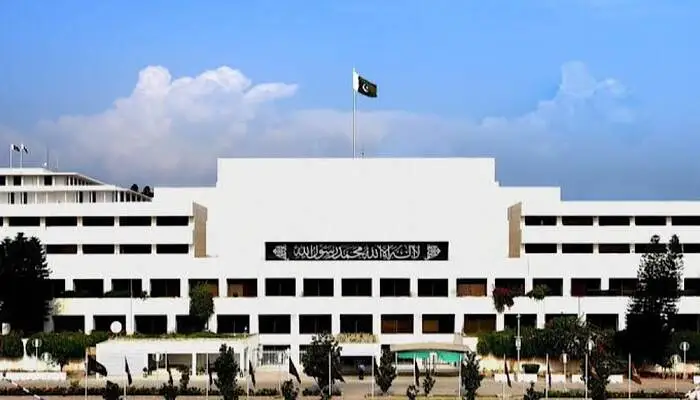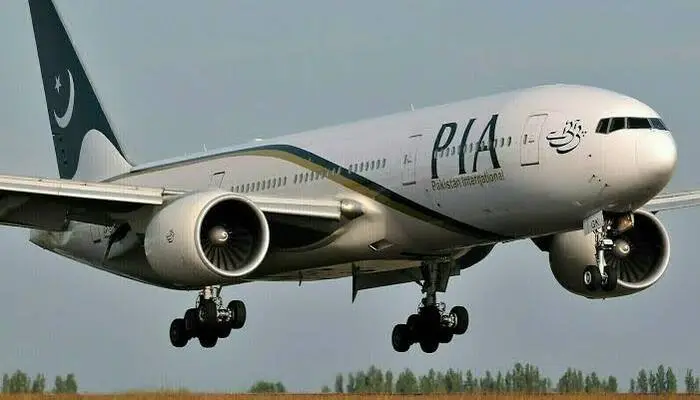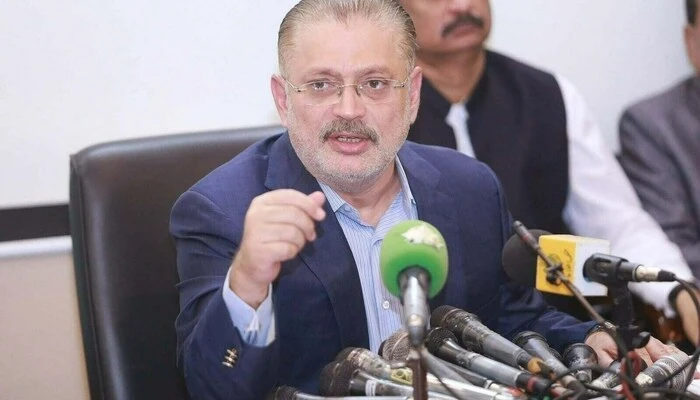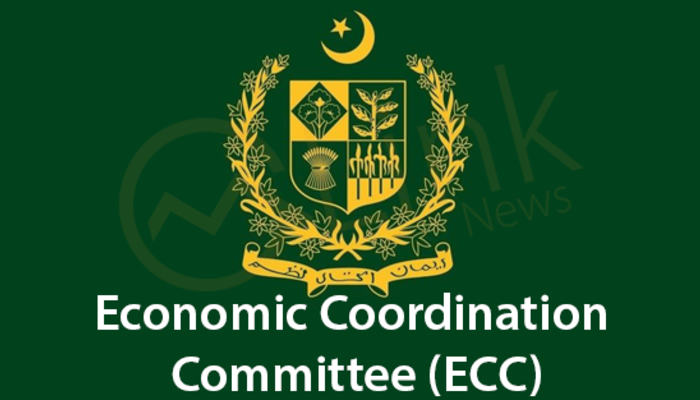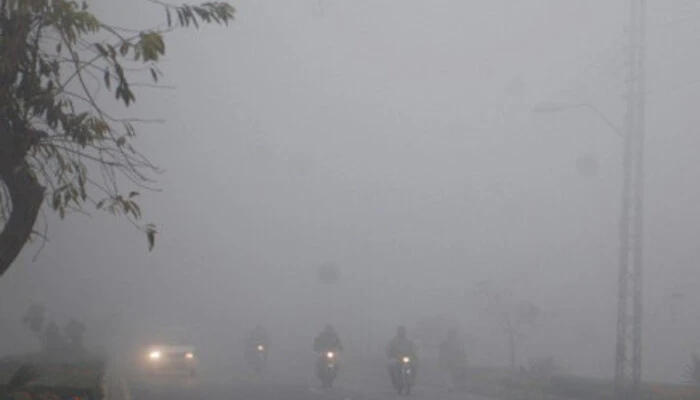
Lahore’s air quality index (AQI) spiked dramatically this week, reaching hazardous levels. Strong winds from India have pushed high levels of PM2.5 particles into the city, impacting public health and disrupting daily activities.
Air Quality Index Spikes Over 250
The World Air Quality Index Project reported PM2.5 levels in Lahore exceeding 250. The fine particulate matter in the air now poses a severe health risk to residents. This surge follows Friday’s Diwali celebrations in New Delhi, where fireworks contributed to pollution levels, despite a government ban.

Health Warnings for Lahore Residents
Health authorities issued warnings, urging people to take precautions. The high PM2.5 levels can cause respiratory problems, especially in children, elderly adults, and individuals with asthma or other respiratory illnesses. Health experts advised these groups to avoid outdoor activities entirely, while others are encouraged to minimize outdoor exertion.
Read: KP Government Shows Interest in Acquiring PIA
Smog Expected to Persist
Local meteorologists predict that Lahore’s air quality will remain poor for at least the next 48 hours. The US National Aeronautics and Space Administration (NASA) released satellite imagery showing smoke from crop-burning in India spreading across the border. Climate experts attribute the smog largely to stubble burning by farmers in neighboring Indian states, which worsens air quality across the region.
Traffic Fines Imposed for Lockdown Violations
In areas under “smart lockdown” due to air quality concerns, law enforcement has cracked down on violators. Over 600,000 fines were issued within 24 hours for non-compliance, with police utilizing an e-challan system powered by artificial intelligence to track violations.
New Delhi’s Struggle with Diwali Pollution
New Delhi has also faced severe air pollution, which worsened as fireworks were widely used despite a ban. The city, home to over 30 million people, routinely ranks among the world’s most polluted urban areas. The pollution has been linked to stubble burning, factory emissions, and vehicle traffic. This year, the use of firecrackers during Diwali celebrations added to the already high levels of pollution.
Calls for Government Action
The Indian Supreme Court recently ruled that clean air is a fundamental human right, directing both central and state governments to take action. However, critics argue that political disagreements between state and central authorities have delayed effective measures. The Times of India called the situation “a crisis that remains largely unaddressed,” as winter pollution returned to the capital.
PM2.5 Levels Surpass WHO Guidelines
In New Delhi, PM2.5 levels surged to over 345 micrograms per cubic meter, more than 23 times the World Health Organization’s (WHO) recommended limit. The air quality in New Delhi was rated “hazardous” by monitoring firm IQAir, making it one of the most polluted cities globally, with Lahore trailing closely.
Regional Impacts and Public Health Concerns
The smog has intensified health risks for residents across both sides of the border, highlighting the urgency for regional cooperation in tackling air pollution. As both Lahore and New Delhi brace for prolonged periods of poor air quality, public health advocates call for stronger policies to curb emissions and reduce pollution sources on both sides.
Follow Day News on Google News, Instagram, YouTube, Facebook, Whats App, and TikTok for latest updates





